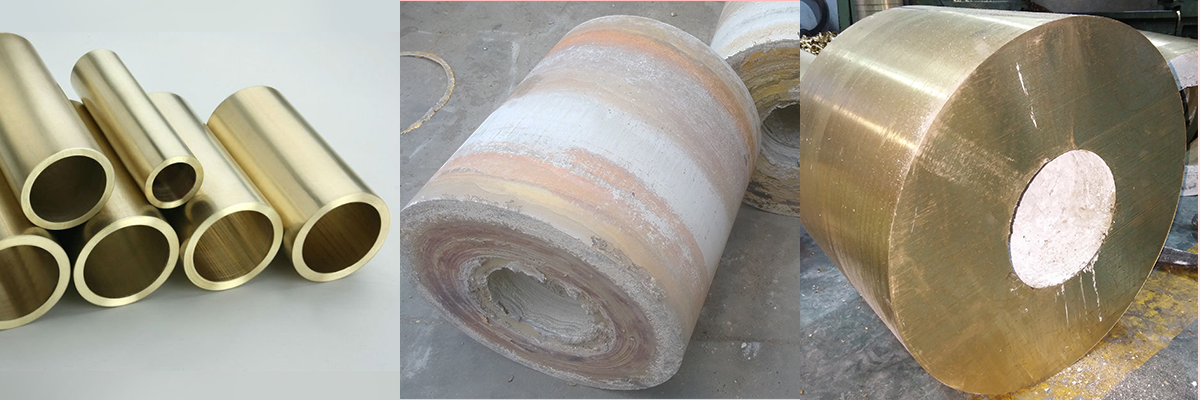Brass CASTING - BSC
Brass is good in terms of machinability, castability, electrical conductivity, heat conductivity and seawater resistance, and thus is commonly used for machine components for various industries, bushes, components of cars and ships.
Brass is called 'notsoe' in Korean and 'sinju' in Japanese. The two letters of the Chinese word for brass(黃銅), '黃' and '銅', represent yellow and copper. The most common brass consists of copper (65%) and zinc (35%). It is also called the following names listed below according to the proportions of copper and zinc.
Red Brass: Zinc is less than 5~20%, and the name originated from its red color. It’s also called gunmetal.
7-3 Brass: It is a type of brass where copper (70%) and zinc (30%) are mixed.
6-4 Brass: It is a type of brass where copper (60%) and zinc (40%) are mixed. Its color is yellow which is close to gold.
Naval Brass: The color of naval brass becomes lighter as the proportion of zinc contained increases and redder as the proportion decreases.
Although hardness increases as the proportion of zinc contained increases in general, its brittleness increases as well in such a case, thus the proportion of zinc used shall be less than 45%.


